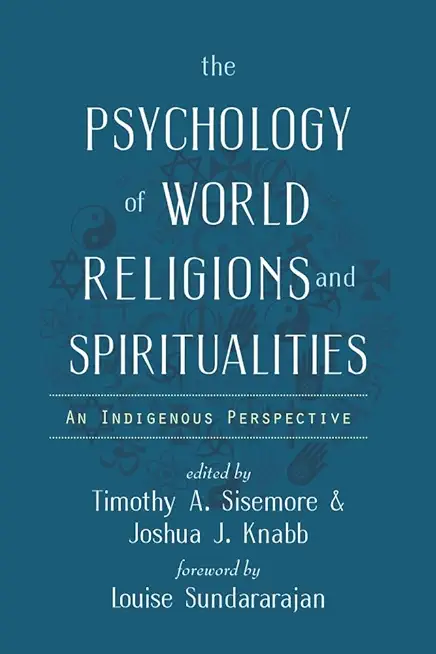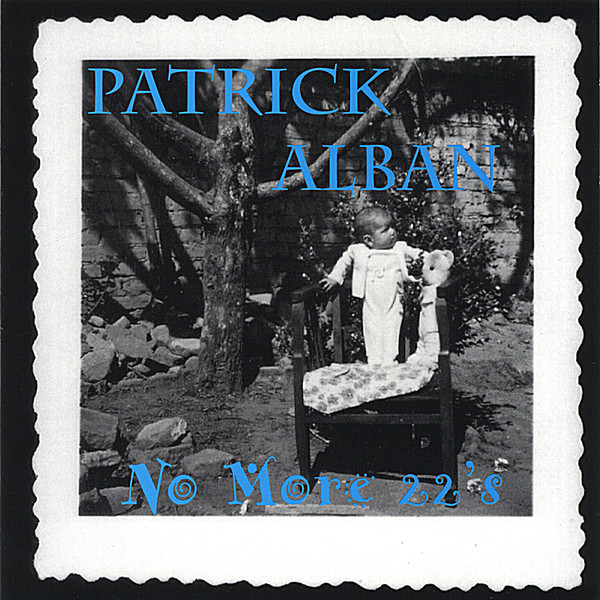
Rogers, Carl R.
Rogers is probably best known for developing what he called nondirective, or client-centered therapy. He argued that people were innately good and possessed the ability to heal themselves, even when they had become seriously disconnected from reality. However, this sort of healing couldn't occur in a vacuum. Rogers stressed the importance of therapeutic relationships to give people the confidence and freedom to develop, so that they could achieve their true potential.
Rogers wrote extensively about the difference between his therapeutic approach and older approaches. The traditional psychologist-centered approach, he argued, was bound to be problematic. Its top-down method did not give patients space to really understand their own fears and blind spots, or to come to terms with the kinds of changes they needed to make in their lives.
The top-down method is futile, Rogers explained, because whatever insights the therapist presented to his client would not really sink in. If a person is to truly integrate a new set of ideas, he must be ready for them - which often means that he must come to those ideas on his own, after a long period of gradually letting down his defenses. That is why the client-centered approach begins with a relationship, as Rogers explains: "If I can provide a certain type of relationship, the other person will discover within himself the capacity to use that relationship for growth, and change and personal development will occur." The ideal relationship is one of absolute acceptance in which clients could feel safe and secure enough to begin exploring their full selves - not just the narrow, restricted persona they might present to the world, but a fuller and more adaptable self.
The works contained in this volume give a rich view of Rogers' principles. They are written in Rogers' typical accessible, engaging style; they are more like conversation than lectures.







